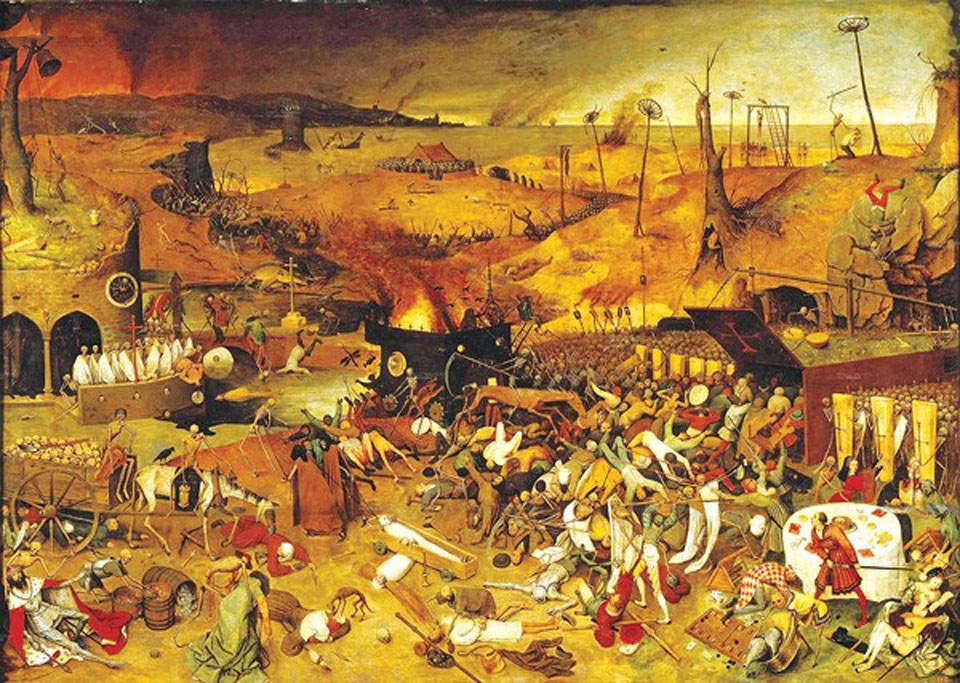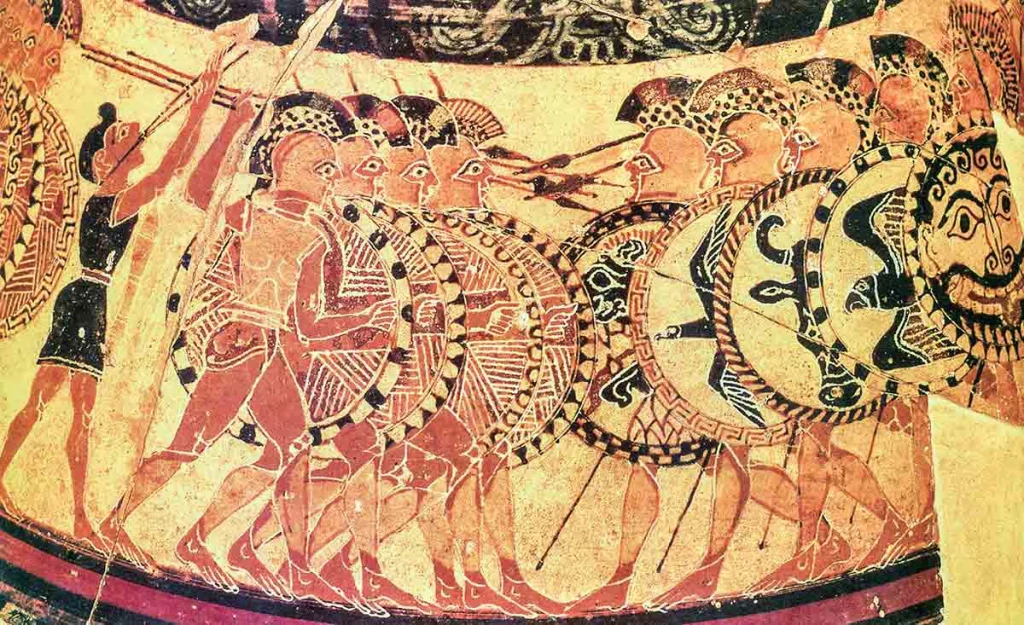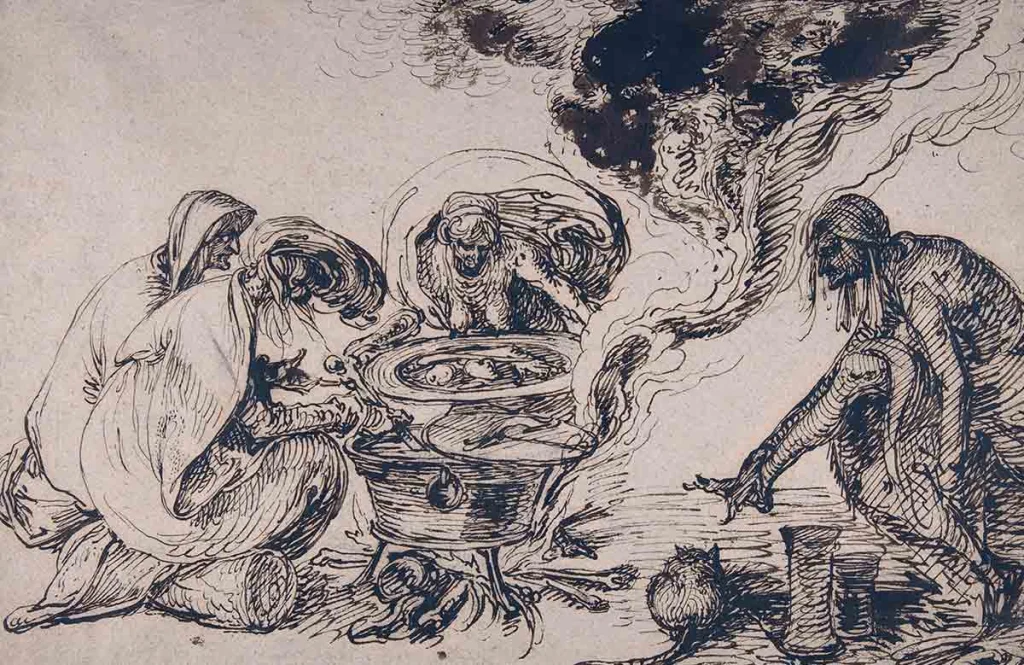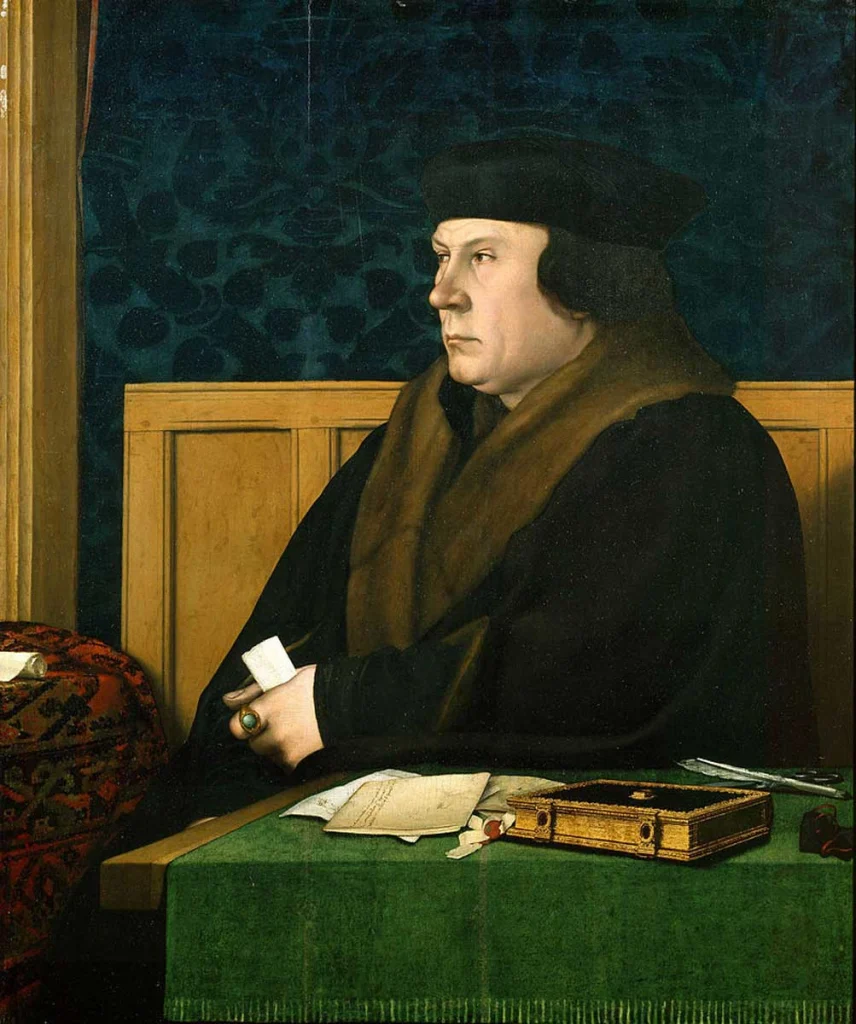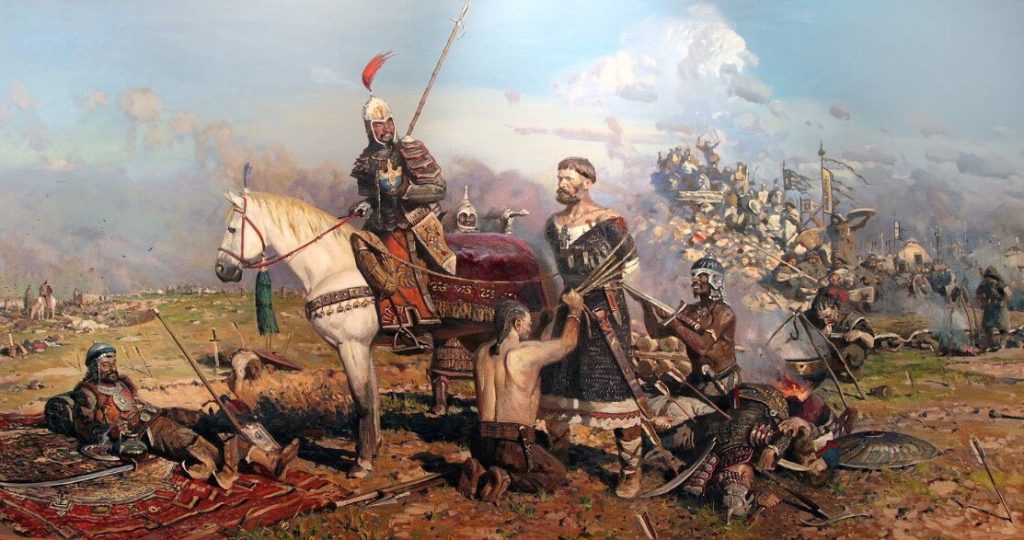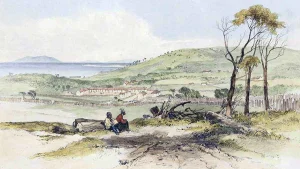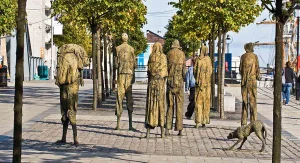They said the lower Yangtze was a mirror—broad water, bright sky, barges that slid like strokes of ink along a scroll. In the spring of 1645, that mirror shattered.
Beijing had fallen the year before. The old Ming court was gone, replaced by the Qing banners sweeping south behind a chain of victories and betrayals. In the wreckage, a new court rose in the south, clinging to river towns and granaries, drawing tight around Nanjing as if a city wall could hold back a dynasty.
Yangzhou was the hinge of all of it. Rich, fortified, and sitting astride the Grand Canal, it guarded the approach to Nanjing and the rice barges that fed it. If the Qing took Yangzhou, the door to the south would swing open.
Inside the walls, the city’s defense belonged to Shi Kefa—scholar, minister, reluctant general. He was not a fire-breather by nature; he wore integrity more easily than armor. But integrity was what the south needed. He organized new levies, set Jesuit-cast cannon on the gates, and distributed handguns and arquebuses—the late Ming’s awkward but precious inheritance from Europe’s workshops and coastal trade. On paper, the Qing had power. In stone, Yangzhou had time.
The banners came under Prince Dodo—Prince Yu to his rank, a man whose victories had piled up like a roll of thunder. The Qing keshik and banner troops knew open country, cavalry thrusts, fields cut by hooves. But Yangzhou forced them into a different kind of war: gunpowder and angles, streets that bent around temple walls, towers that watched every approach. For twenty-four days, the city answered shells with shot, ladder with boiling sand, drum with bell. The defenders were green but not useless; walls and firearms made veterans of anyone willing to stand.
The siege became a duel of tempers. Reports came that the banners were bleeding, that the old recipe of fear and speed was failing on brick and parapet. And then one dusk a trick opened the gate: Han units of the Eight Banners—Chinese troops now fighting under Qing colors—posed as Ming reinforcements and slipped into the city. From within, they opened ways for their Manchu comrades; attack met panic; strongpoints fell out of order. By late May, Yangzhou broke.
When they found Shi Kefa, the prince tried words before irons. A long afternoon passed in a few sentences. “If the city stands, I stand,” Shi said; “if the city falls, I fall. A true man does not serve two masters.” There are lines that feel written before anyone speaks them. Those were such lines. He was executed at forty-four.
Victory did not taste like victory. Perhaps it was the losses, perhaps the insult of a month’s resistance, perhaps policy—terror as message to the river towns. Whatever the arithmetic inside the command tent, the order went out: kill.
The days that followed are remembered as the Ten Days of Yangzhou. How many died is a quarrel that will never end; some later voices said hundreds of thousands, others, counting back through households and streets, mark the numbers lower—but high enough that the city itself seemed to change color. What matters is what people saw. Bodies filled canals that had carried grain; smoke hung in lanes that once smelled of tea. Men were dragged from shrines, women from storerooms and cellars; homes were burned to the foundations. When the banners moved on, fire stayed behind, and with it a slick of ashes that clung to everything. The queue order—the command to shave the forehead and wear the Manchu braid—became more than a political decree; it became a sign that you might live.
A minor official named Wang Xiuchu survived with the kind of luck that seems like punishment. He wrote what he saw: neighbors, hiding places, ransoms, the way a city goes quiet. He counted days because the mind needs something to count. His diary—later titled A Record of Ten Days in Yangzhou—would travel farther than he ever did. It is not a general’s report; it is a person’s. You hear him listening for footsteps on stairs that no longer exist.
It took weeks for the south to absorb what had happened. The story ran ahead of messengers, slipped along river talk and temple courtyards. Intimidation worked—the way an execution in a square works, the way a demonstration of cannon works. A dozen cities faced the same choice: submit now, or become the next cautionary tale. Some gates opened where they might have closed. Others held—and paid—again.
Time did what time does. The Qing consolidated, reordered the bureaucracy, set their own examinations, wrote their own gazetteers. But memory can be stronger than policy, and Yangzhou became a wound you could point to. In the Qianlong reign, when the court launched book purges to burn out what it called subversive or anti-Manchu texts, Wang’s little book was the sort of ember they feared. Copies were hidden, smuggled, copied again. The text resurfaced abroad in the late nineteenth century—printed in Japan, shared among Chinese students who read it with modern anger. A city’s pain became politics; a diary became a match.
The numbers still provoke arguments. Eight hundred thousand dead appears in anti-Qing pamphlets and late imperial retellings; modern estimates often cut that figure down, pointing to what a city that size could hold, to how many were registered, to how many returned to rebuild. But there are facts that never shrink: Shi Kefa’s refusal, the order to kill, the canals choked with bodies, the smoke that made midday look like a storm. Whether you write one hundred thousand or three, you are writing around the same absence.
What lingers is the shape of the lesson. To the Qing commanders, Yangzhou was a message: don’t waste lives behind stubborn walls; surrender, and the state will move on. To the Southern Ming, it was proof that loyalty could end in ruins, and proof that ruin might still be better than bending. To later generations, it became something else again: a story about regime change, about who counts, about how history is written—and burned—by those who survive long enough to edit it.
There is a line in Wang Xiuchu’s account that feels as if it were written to us. He addresses a future reader, someone low on fear and high on time: “If one day you live in peace, wasting the hours without discipline, read these lines and be warned.” He meant it for an age that would forget what a city sounds like when its doors are beaten down.
When you look at a map, Yangzhou is a point. When you walk a riverbank today, it is a place of museums and markets, of bridges whose stones remember more than they show. But if you listen—to Jesuit letters, to local gazetteers, to Wang’s diary, to the late-Qing woodblock prints that turned grief into propaganda—you can still hear the counting: Day One, Day Two, Day Three. Then the pause, the strange kindness, the bribe that worked, the lane that didn’t burn, the name that someone remembered just long enough to write it down.
The banners moved on. The south did what the south always does: rebuilt. The new dynasty settled into its long season. But the Ten Days stayed unburied. They travel well. They turn up whenever a people ask whether order without mercy is a kind of victory, and whether a refusal like Shi Kefa’s is a kind of home.

